Introduction

I am a big fan of the Zhong Yi Mitakon 50mm 0.95 II, but there was definitely room for improvement in some areas, so I was curious to find out if those have been addressed in this redesign. Luckily I got the chance to review one of the early production models, so let us find out if this is a worthy update!
Sample Images





Most of the sample images in this review can be found in full resolution here.
Contents
0.95
The very fast maximum aperture is what sets this lens apart from most of the other 50mm lenses. I don’t want to anticipate the conclusion right at the beginning, but if you don’t want to use this lens at f/0.95 there are definitely smarter options available. I will therefore heavily concentrate on how this lens performs wide open, especially as a portrait lens.
Specifications / Version History

It may come as a surprise, but this is the third incarnation of this lens. The first one (58mm filter thread. introduced in 2014) was only shortly produced and very soon replaced by the 50mm 0.95 II “Dark Knight”. At CP+ 2019 this improved Mark III model was introduced, it has the following specifications:
-
- Diameter: 74mm
- Field of view: 47° (diagonally)
- Length: 85mm
- Weight: 775g (without hood and caps)
- Filter Diameter: 67 mm
- Number of Aperture Blades: 11 (straight)
- Elements/Groups: 10/7
- Close Focusing Distance: 0.5 m
- Maximum Magnification: 1:7.8 (measured)
- Mount: Sony-E
buy from manufacturer’s homepage | ebay.com | ebay.de | B&H (affiliate links) for 499$
Disclosure
The Zhong Yi Mitakon 50mm 0.95 III was kindly provided free of charge by the manufacturer for reviewing purpose. Unfortunately the first sample showed some onion ring structures in out of focus light sources which the manufacturer told me was only due to a faulty mold of the aspherical element. So I got a second review sample. For most parts of this review the first sample had been used.
The older version I am using in the comparisons I bought myself from the German retailer in 2015 and have been using it since.
Handling / Build Quality

The lens is full of glass and the outer barrel is an all metal construction, therefore the lens feels very solid but also has quite some heft to it. The focus ring has a nice resistance and it takes about 300° from Infinity to 0.5 m. The focus throw is 120° from 0.5 to 0.7 m and 180° from 0.7 m to infinity.
The aperture ring is quite narrow and is clickless. I managed a few times to accidentally change the aperture because of that. It also is slightly wobbly and makes a scratchy noise.
There is also a very plasticky cheap hood included, which is slightly petal shaped and has felt on the inside. It sits a bit loose, as was already the case with the MK II version of this lens.

After I had been using the MK II version for some time the front barrel got a bit loose. I unscrewed the rear of the lens and tightened some internal screws, and it worked as new again. I read quite a few reports of similar issues.
Obviously I don’t have any long term experiences with this review sample, I hope they improved on this.
Vignetting
light falloff

Wide open there is light falloff of roughly 2.1 EV, stopped down to f/1.4 this improves to 1.5 EV, stopped down to f/2.0 it is 1.0 EV and further improves to 0.6 EV at f/8.0. These values are slightly lower (better) compared to the competition in this class. You can correct this in Lightroom, but there is no profile yet.
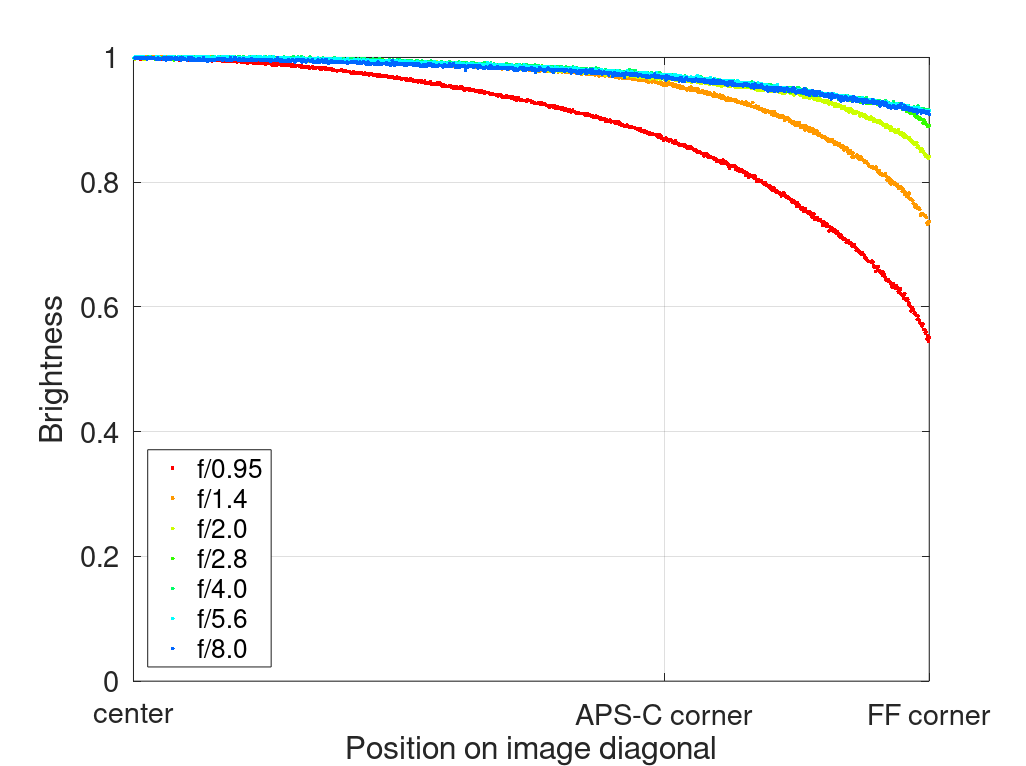
It is recommended to have a look at this article first to get an idea how this brightness graph works.
optical vignetting
Very fast lenses usually show a significant amount of optical vignetting. Without going too much into technical details optical vignetting leads to the truncation of light circles towards the borders of the frame.
In the center of the frame almost every lens will render a perfect circle, but only lenses with very low optical vignetting will keep this shape in the corners.
So in the following comparison we move from the center (left) to the extreme corner (right) and see how the shape of the light circle changes.
Optical vignetting at f/0.95 has been greatly improved compared to the MK II version of this lens. But you also see what the straight aperture blades do to the highlights when you stop down a bit.
This comparison was done at 0.8 m focus distance, you may get slightly different results at other distances.
Sharpness
infinity

Wide open center resolution is okay but there is certainly a bit of glow (spherical aberration). Performance improves steadily on stopping down, center starts to look really good at f/4.0, but for best midframe and corner sharpness you better stick to f/8.0.
This lens wouldn’t be my first choice for landscape/architecture photography.
The lens exhibits a bit of field curvature, so focusing on the corners instead of the center will give slightly better results (~ 1 stop gain) there (see also Coma section where focus is on the corner).
Compared to: Zhong Yi Mitakon 50mm 0.95 II

The old one is significantly worse at f/0.95, but stopped down to f/8.0 might even have a slight edge in the corners.
Portrait distance
Neither infinity nor the minimum focus distance is where most will be using this lens, so I will talk about my experiences with this lens on a 42mp sensor in the field a bit. At head and shoulder portrait distance this lens seems to perform best wide open. If you go closer (head shot distance) the lens is noticeably softer wide open and I found it to look much nicer between f/1.4 and f/2.0.
If you go a bit further away (full body or environmental portrait) I found that a bit of facial detail gets lost when looking at the 42mp files at 100% magnification. So one should really consider the designated output size when using this lens wide open for these applications.
The old MK II lens shows a similar behaviour.
close (0.50 m, 1:7.8)
100% crops from center, A7rII, because of focus shift (see corresponding section) I refocused for every shot.
Similar to many other (especially fast) lenses without a floating elements design the performance wide open at the minimum focus distance ain’t that great. At f/0.95 it is very soft, and the focal plane with the highest contrast is not the plane with the highest resolution, which also makes it harder to focus. Sadly it isn’t much better at f/1.4.
When you stop down to f/2.0 the performance improves significantly and at f/2.8 it is really good.
Flare resistance
Sony A7rII, no crop
Flare resistance was pretty much the achilles heel of the Mk II version. I was really hoping for big improvements here.
Unfortunately flare resistance is still pretty bad. It may be slightly better than the old one, but not so much that it is a really meaningful difference.
From the comparison above you see that slightly stopped down it is much better compared to f/0.95, but at no aperture value it is great.
Also, no matter where you place the sun in the frame you will pretty much always find ghosts somewhere in the frame.
With a point light source near the corner of the frame most lenses struggle and this one is no exception:
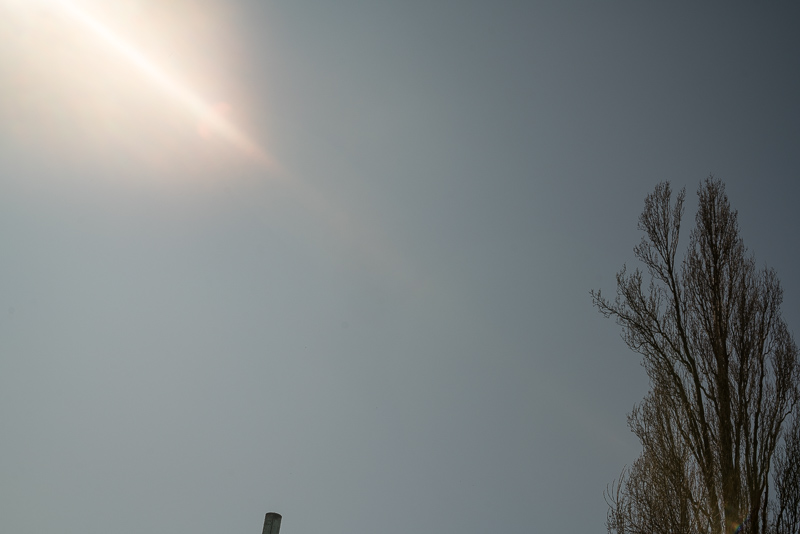
And also at night you will often see ghosting with stronger light sources inside and outside the frame:
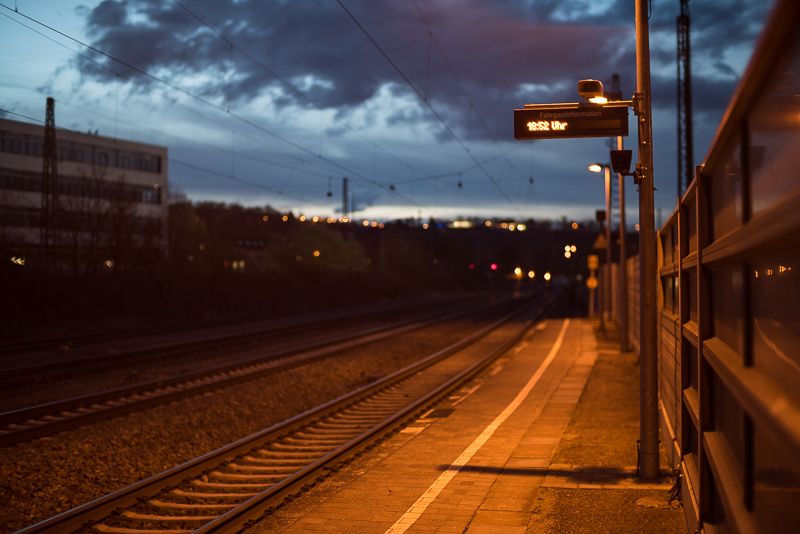
If you need a fast 50mm lens with good flare resistance better have a look at the Voigtlander 50mm 1.2 Nokton.
Coma
As you have seen the corner resolution ain’t that great so the rather bad performance in this category does not come as a surprise. It needs stopping down to f/2.8 for acceptable performance and to f/5.6 for a good one.
Also note that I focused on the corners for these shots, if you focus on the center the corners will look slightly worse.
You can also see that in the extreme corner there is a pretty abrupt drop in sharpness, something similar (but not to this extent) we have seen with the Voigtlander 40mm 1.2 Nokton E.
This is not a lens I would recommend for astrophotography at wider apertures.
100% crops from extreme corner, focused on corner, A7rII
Distortion

There is a tiny bit of barrel distortion. This is barely visible in real life pictures.
Bokeh
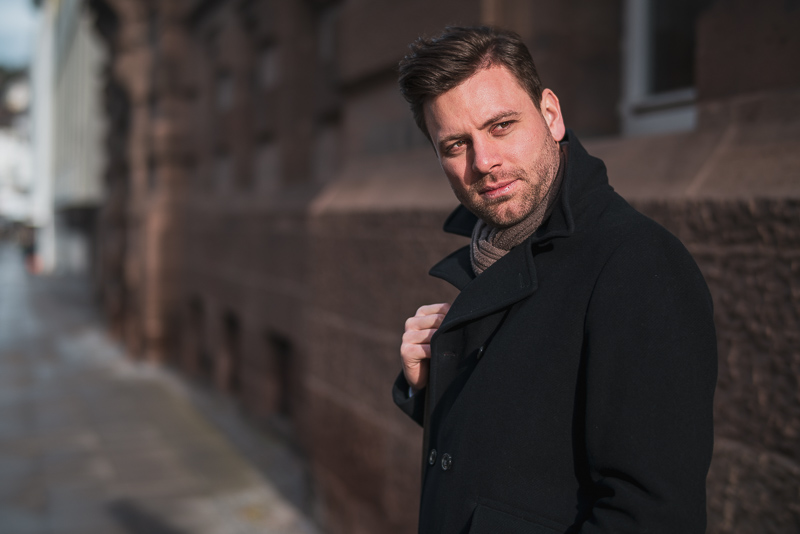
When talking about a 50mm f/0.95 lens the bokeh is the most important factor to me. I really liked the bokeh oft the old one so I was very curious to find out what they changed about it. Generally it is similar to the old lens – which is good news to me – but there are also a few notable differences.
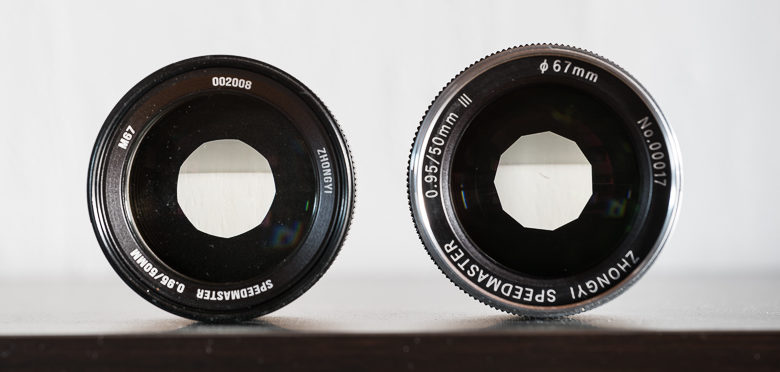
The most notable is that Zhong Yi decided to use 11 straight aperture blades instead of 9 rounded ones. This has huge (in my opinion negative) impact on stopped down bokeh as out of focus highlights will be rendered as 11 sided polygons instead of circles.
After I found out about this I told the manufacturer that this is a seriously bad idea for a portrait lens and I got told that for further production runs they consider changing back to rounded blades.

The MK II version, when used wide open, showed a slight tangential „light spill“ on off center out of focus highlights, giving them a lemon shape. The situation has been improved, but the light spill is still there close to the corners.
The first sample of this new lens showed some strange circles in out of focus highlights:

The manufacturer told me this must be an isolated case due to a faulty mold of one of the elements and send me a second sample without that issue:
If you get one of these lenses it might still be a good idea to check for onion rings within the return period.
Closer to the corners and borders the highlights in the background also take on interesting shapes at f/0.95:

While the bokeh is quite similar in the center, the new version does show more and even smoother bokeh off center.
The 50mm lens with the smoothest bokeh just got better, but only if the straight aperture blades do not bother you and if my 1st one with the onion ring structures was just an isolated case (which I can neither prove nor disprove at this point).

Sunstars
This lens features 11 straight aperture blades which so far I haven’t seen on any other lens. The sunstars are quite okay between f/2.8 and f/8.0, but because the light is distributed over 22 rays they are not as obvious and so around some light sources this lens won’t show any at all while other lenses do:

In the following crops you can also see the noticeable spherical aberration between f/0.95 and f/2.8 in these shots. If you want to know more about sunstar rendering of different lenses have a look at this article.
100% crops from center, A7rII
Chromatic aberration
lateral
100% crops from extreme corner, A7rII
There are some lateral CA visible that are easily corrected either in camera (for Jpegs) or in a raw developer like Lightroom by one click.
longitudinal

In close up scenarios the loCA are barely visible due to the very strong spherical aberration. When you focus on something further away the loCA can be quite obvious though.
Sony A7rII | f/0.95 | 50% crops
Similar to the MK II lens (or lenses like the Canon FD 85mm 1.2) longitudinal CA (loCA) are very pronounced wide open. Unlike lateral CA these are not that easily and losslessly corrected. In this rather extreme example I tried to correct it in Lightroom, which worked reasonably well, but this will nt be the case in every picture. The loCA mostly goes away on stopping down to f/2.8.
Focus shift
50% crops, A7rII
As you have already seen in the sharpness close section the performance between f/0.95 and f/1.4 in close up scenarios is pretty bad, so it is somewhat hard to detect focus shift.
It looks like the depth of field mostly extends to the back between f/1.4 and f/2.0, but refocusing does not really give better results. From f/2.8 onwards there is barely any influence of focus shift visible.
Alternatives
Zhong Yi Mitakon 50mm 0.95 II:
Bokeh has been improved (off center), sharpness has been improved (especially at infinity) and flare resistance has been slightly improved while the price is still the same. If it just wasn’t for those straight aperture blades…
Voigtlander 50mm 1.2 Nokton E:
The review of the E-mount version will be published soon.
If you are not after that super smooth bokeh at f/0.95 this Voigtlander is the better lens. Have a look at my review of the Voigtlander M-mount version to see a few bokeh comparisons to the 50mm 0.95 MK II, the difference is there and noticeable. But that smoother bokeh comes at a high price considering what you are giving up in terms of size/weight, resolution/contrast and especially flare resistance.
7artisans 50mm 1.1:
The rendering of this lens is very different, as it shows harsh bokeh with lots of outlining between f/1.1 and f/1.4 while the lens reviewed here is designed to show smooth bokeh already at f/0.95.
Voigtlander 40mm 1.2 Nokton E:
For portraiture work I prefer the aforementioned lenses, but maybe you prefer the 40mm focal length, in that case you should have a look at this one.
Sony/Zeiss 50mm 1.4 ZA:
If you want a combination of smooth boken rendering and AF this is your best bet. Haven’t used it personally yet.
Olympus OM Zuiko 50mm 1.2:
A much cheaper 50mm f/1.2 from 35 years ago with less smooth bokeh rendering.
Conclusion
good
|
average
|
not good
|
When I got word Zhong Yi was working on an improved MK III version I was contemplating what improvements I would like to see. To be honest: if they had just significantly improved the flare resistance I would have been happy and probably bought the new lens.
Zhong Yi changed a few more things though, and not all I can see as an improvement. The flare resistance has been improved, but not enough to turn an otherweise unuseable shot into a useable one. You really have to watch out for point light sources, at day and night.
The biggest improvement is sharpness at f/0.95 at infinity. But due to huge coma this is not a lens for wide open astrophotography, so this improvement is not giving me much.
A longer focus throw is also nice to have, but most of it is in the 50-70 cm range, where I rarely see myself using this lens.
That they managed to further improve the bokeh – and especially tame mechanical vignetting a bit while keeping the same size – was a very pleasant and unexpected surprise.
But I am not a fan of those 11 straight aperture blades. They yield edgy bokeh even slightly stopped down and at the same time rather bad sunstars. Simply a very bad design decision.
But looking at my pictures taken with the old lens, all that I have published were taken at the maximum aperture of f/0.95 where this is not an issue, so for the typical usage scenarios this may actually not be that bothersome.
So my conclusion:
Except for the 11 straight aperture blades the MK III is the better lens compared to the MK II.
Only if you intend to often used it slightly stopped down (e.g. for portraits of a couple) in scenarios were the edgy bokeh will be easily visible (e.g. in a city at night) it may be a better idea to try getting one of the old ones on the used market, just make sure mechanics are working properly before you buy.
One thing is true for both lenses: they give a certain look that is very hard to replicate when using other lenses. This is what I like them for. This is why I still own the MK II version (the first E-mount lens I bought).
buy from manufacturer’s homepage | ebay.com | ebay.de | B&H (affiliate links) for 499$
Sample Images




Most of the sample images in this review can be found in full resolution here.
Further Reading
- Sony FE lenses: Our comprehensive and independent guide
- Guide to portrait lenses for Sony FE from 85-135mm
- Review: Sony FE 85mm 1.4 GM
- Review: 7artisans 28mm 1.4 FE+
Support Us
Did you find this article useful or just liked reading it? Treat us to a coffee!
![]()
![]()
![]() via Paypal
via Paypal
This site contains affiliate links. If you make a purchase using any of the links marked as affiliate links, I may receive a small commission at no additional cost to you. This helps support the creation of future content.
Latest posts by BastianK (see all)
- Review: Canon EF 50mm 1.0 L USM – Still the world’s fastest AF lens - December 30, 2025
- Review: Nikon Nikkor 105mm 1.8 Ai-s - December 28, 2025
- 2025 – Year in Review - December 23, 2025









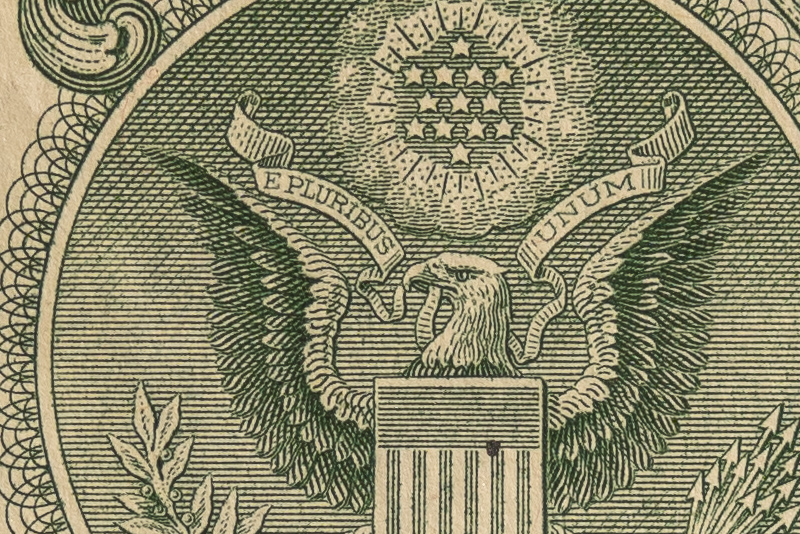




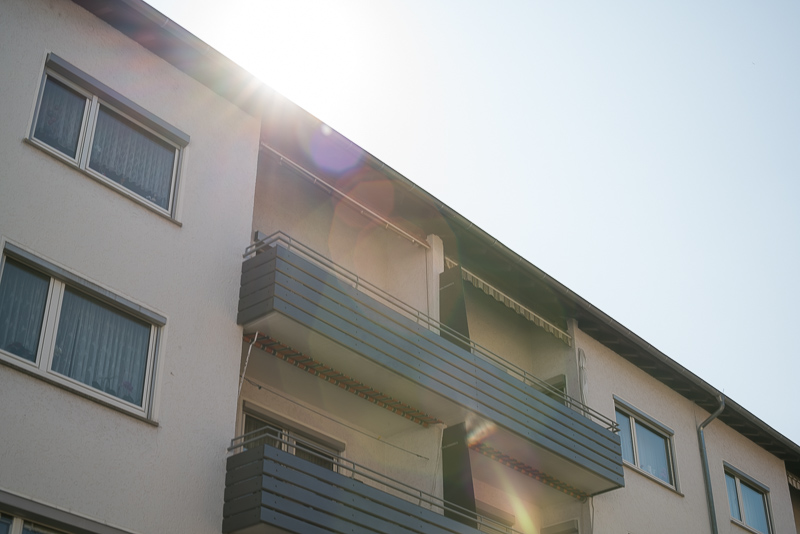









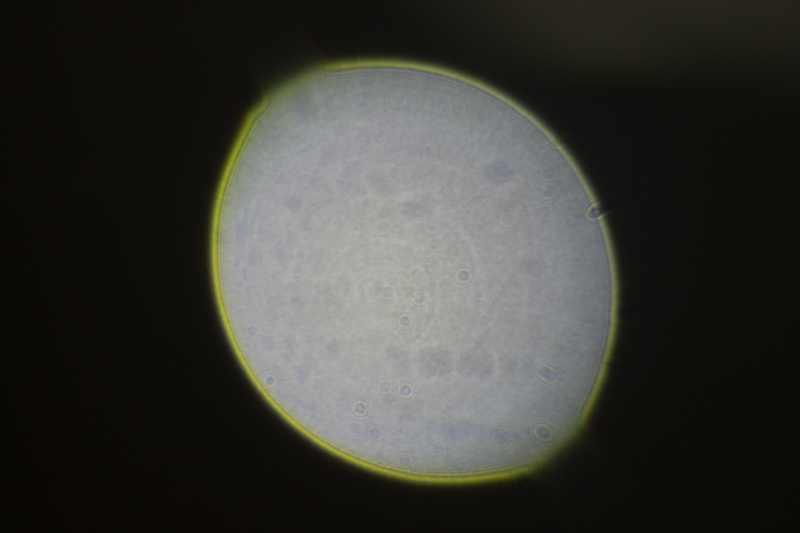











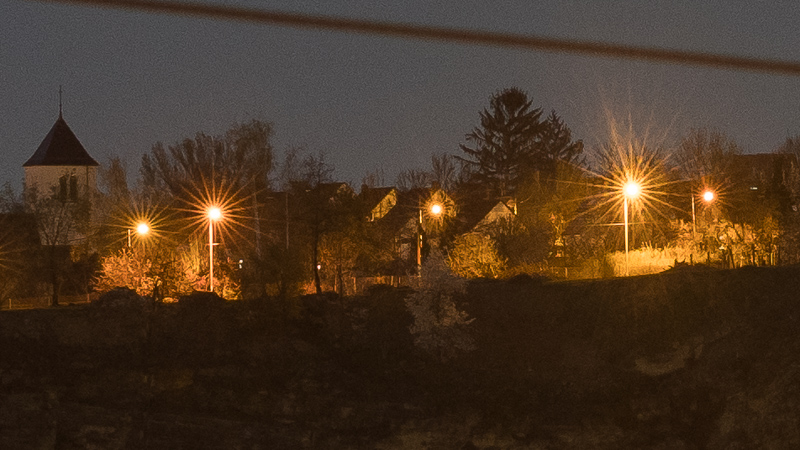











Hi Bastian,
thanks for this review, very thorough as always. I guess as a result I will be enjoying my Dark Knight a while longer (I’m also a fan).
I do have a little problem with your proof of smoothness of the bokeh, though. In two shots, particularly the one where you (?) are sitting on a chair in an alley, the subject distance of the two comparison shots is quite different. The shot with the version III is quite a bit closer (and thus the focussing distance), which obviously makes the background bokeh smoother.
I still believe your assessment (of the bokeh of version III being smoother), but it would be more convincing, if you’d have kept the same subject distance.
In case you didn’t change a thing, it would mean that the focal length of the two lenses varies greatly.
What do you think?
Regards, Rolf
You are right about that, the distance is not exactly the same in these two of the guy sitting there (not me in the picture btw 🙂 ).
It is almost impossible to take two pictures of people with different lenses that are exactly the same.
That is why I included the other (rather dull) tripod based comparison to prove the point.
There are two options I face:
a) Take comparisons of people. People will complain the pictures are not exactly the same.
b) Take comparisons of things. People will complain those are not portraits and therefore meaningless comparisons.
So I decided to offer both so people can complain about both 🙂
Allright, that’s fair. People always need something to complain about (me too). 😉
May I still suggest for next time (to make it harder to complain): Guy on chair-portrait using a tripod.
I wonder how Zenit 0.95/50 FE will perform. It is a heavier, bigger lens, so I suspect it might have bigger image circle.
blurred everytime. Period.
Hi Bastian
What approach do you use to take portraits using extra wide aperture? I find it very hard to nail the focus on the eyes. After I double check the focus, a slight move of my camera or the candidate would blur the images… Cheers
Nothing special I think.
I always use magnify and make sure to press the shutter button fast after I focused before I or the model move.
But of course I also get misfocused shots.
Its really hard because focus peeking is barely working with wide apertures… Only magnification can show you exact focus so photography process becomes very slow and there is also model movement involved…
Yeah, you cannot rely on focus peaking for these lenses.
But maybe try setting the in camera Jpeg sharpening to a higher value, that might help a bit.
I try to use the same method as David. Compose, move the focus indicator, magnify and shoot.
For home use that’s enough for me, although many photos aren’t perfect. But most of them are good enough. I see it as a trade off for the wonderful blur I get and the capability to shoot in very dark situations.
If critical focus is necessary one could always use the capability of the modern cameras to shoot many frames per second. Just fire off 20 shots after trying to compose like described above. To further perfect the technique you could lean “through perfect focus” while shooting your 20 shots.
7artisans is lacking in optical performance compared to these lenses. Mitakon has noticeably better flare resistance and better all kind of aberrations control. of course the price is nearly 3 times that of 7artisans.
Honestly speaking, lenses like these are nothing more than a collectors whim.. I got several ultra fast lenses and neither of them I use occasionally. They are very very special use lenses, cant really use them for ordinary photography needs because they lack AF, has poor sharpness wide open and a lot of aberrations.. One needs to try out a modern lens of a high quality to really understand what they need in photography :))
If only the modern af lenses had the character look of old medium format camera lenses like these…But if you can’t see it, or don’t like it, these lenses are not for you.
According to Zhongyi’s diagram there’s no aspherical elements in either mk II or mk III lens. The onion ring like pattern is a manufacturing variation. My mk II also has this kind of onion ring. I contacted Zhongyi and they said they would replace it, but I need to ship it to Hong Kong from US. Then my lens got lost in shipment 🙁
Phillip, thank you for the review. I owned Mitakon 50/0.95 ii and sold it, after I get Summilux M 50/0.95 ASPH. But, if you like f/0.95 lenses, you should try new russian Zenitar 50/0.95 for E-mount. I have tried it at Fotoforum Expo (Moscow) in April, and it was really better than Mitakon.
Best regards!
“After I found out about this I told the manufacturer that this is a seriously bad idea for a portrait lens and I got told that for further production runs they consider changing back to rounded blades.”
Any word on whether they have changed back?
I am trying to find that out.
I would be really curious about this as well, Bastian.
And thank you for another wonderful review.
I got note they are currently busy with fixing their macro lens.
Great review!
Thanks-
Great review! Do you think this lens is really f/.95 wide open as advertised? And also, how would you say it matches up to the famous Kipon 40mm f/.85?
Thanks!
Yes it is f/0.95.
The Kipon is an M43 lens and I don’t think it is good or famous.
Your comment is as harsh as Mitakon’s bokeh :p jk, thank you so much!
What do you think are the shortcomings of the Kipon? Reason I asked if Mitakon is truly f/.95 wide open is I wanted to get it since I like the color rendition, but read a review stating it might not be a true f/.95
The Mitakon’s bokeh is the opposite of harsh.
The Kipon is just a 80mm f/1.7 full frame equivalent with way more aberrations than any full frame 85mm 1.8 or 85mm 1.4.
I don’t see the point of that lens.
And the reviewer that states “it might not be f/0.95” sounds extremely trustworthy.
Maybe ask him how he came to that “conclusion”.
Why do you say its an 80 mm f1.7 equivalent? Are you saying the Kipon actually is the one with a misleading aperture or that its unusable open wide?
And he’s one of the highest rated photography channels on Youtube so I thought it was legit.
Maybe you should look into things like “format” (e.g. M43, APS-C and Fullframe) and the differences between those before deciding on which lens to buy.
This could be a good starting point.
I know what format is, I’m just curious why you say the Kipon is a f/1.7 when its marketed as an f/.85.
Also, my intent wasn’t to touch any nerves by mentioning the lens. I’m trying to determine which one will better suit my low light needs.
Thanks,
He says this because the depth of field of an f0.85 lens used on m43 is the same as an f1.7 lens of the same angle of view on full frame. Also the total photons over area, which determInes noise, is also the same as f1.7 on Full Frame. Finally, the angle of view is the same as 80mm on full frame.
These equivalencies are essential for comparing lenses across different formats, so as to know what the photographic effect of the specs is. It’s DOF, angle of view, and total photons captured that are the important things, and these are determined not just by relative aperture, but by aperture AND format size together.
I guess I should clarify, I come mostly from a filmmaking background, so what I’m wondering is if the T stop of the lens is really .95
Thanks David, your comments were really helpful.
I guess the other confusion point here is that the Kipon f/.85 I’m referring to is not a M43 lens, its an APS-C lens made for Leica L mount compatible with the Panasonic S1 when set to “APS-C” mode.
https://www.bhphotovideo.com/c/product/1456698-REG/kipon_40mm_f0_85_sl_mark2_40mm_f_0_85_lens_for.html
Used on an APSC sensor, or in APSC mode, It’s equivalent to roughly 60mm f1.2
Random question – does anyone know the T stop of the lens?
No but why do you care (for photo use, for video you might need to know).
You don’t buy an absurdly fast lens like this to get a little extra light: you get it for the look that the fast lens gives though limited DOF. So whether the T-stop is anywhere between T1 and T1.4 it doesn’t make much difference for photo use.
Hi Bastian,
Great review. Mitakon released a new version of this lens, specifically for EF which I gather most people have not tested from the lack of reviews on it. I’ve done some sample images, and so far it seems to be well…really bad compared to the lens you reviewed here. I’d love to see a review from you on it to see if I’m just not using it right.
I had a sample and decided that it is too bad for me to waste time reviewing it.
I feel like they’re using images you’ve taken on another lens to promote their EF version of this lens. Take a look at their promo stuff for the EF Speedmaster:
https://zyoptics.net/product/mitakon-speedmaster-50mm-f-0-95-iii-canon-ef/
The woman in those images looks a lot like the one who features frequently in yours. Are those genuine samples you took with the EF version of the Speedmaster?
Yes they are, all good here.
I can’t fathom how they went from a solid lens to a (forgive me) garbage one so quickly.
You should do a throwback review of the Canon Dream Lens just so everyone knows what a real f/.95 lens with flaws and imperfections can achieve in the right hands 😀
I would actually like to review it, but I will not pay 3-4 grand to buy one for that purpose.
For anyone still interested, I had the chance to test an (I believe) very recent production model, and the straight aperture blades are still there.
They did change the lens hood though, to a more solid (non-petal shaped) metal one, which screwed on quite tightly.
No other changes to note.
Hi Bastian,
there is another 0,95/50mm lens on the market. It is the brightin star 0,95/50mm. Do you have plans to review it? I think that it has a different optical formula. And this lens is really cheap. If you are lucky, you can get it for less than 400 Euros and it is a lens that covers full format.
There are already some reviews in the web, but your reviews are the best reviews, because they are very informative and well made…
Thank you and best regards,
Christian
Based on what I have seen from that lens I am not willing to spend 400€ from my own pocket for being able to write a review on it,
but if someone offers me a loaner for a review I will surely have a look at it.
Have you seen this?
https://zyoptics.net/product/new-mitakon-speedmaster-cinema-lens-50mm-t-1-0/
It seems to be a rehouisng of the 50mm f0.95 iii but with 9 aperture blades. Exactly what you were looking for?
Unfortunately this is the Canon EF version of their 50mm 0.95 rehoused and I cannot recommend that lens by any means and it has nothing to do with their mirrorless offerings, unfortunately.
Hello.
I was able to buy the Speedmaster 50mm f/0.95 new for €300 and I’m thrilled. There were no surprises, everything as described in the review. One thing I noticed was annoying: the focus ring runs more sluggishly when the camera is oriented in portrait format. When turning from landscape to portrait format, you can feel the resistance increasing. Is this normal for the Speedmaster?
I’ve been taking pictures for 15 years; I’ve owned many lenses. I am a Nikon girl (started there and stuck with it) but I found a Canon M6 Mark II at a pawn shop for a steal just so I could shoot with this lens. I am OBSESSED. It’s a “bad” lens in so many ways, but it has so much personality. This lens has single-handedly inspired me all over again. The imperfections give my photos an ethereal, vintage, film-like feel that I can’t get enough of. It took a little while to nail focus wide-open, but I refuse to stop down, otherwise, what’s the point? I want this lens in silver for my Nikon DF, but I’m having a hard time finding one. Thanks for taking the time to review. The lens is smooth, it’s heavy (feels quality) it looks nice and the photos it takes are beautiful. If anyone reads this and you’re on the fence, just do it!
The Version III of this lens for L-Mount is 9 Blades btw